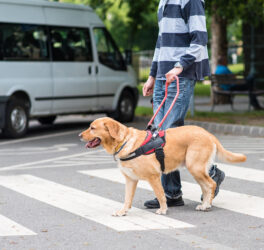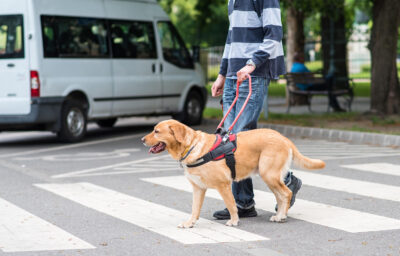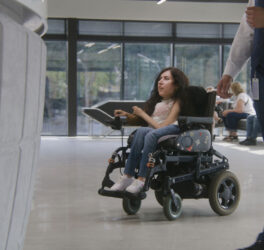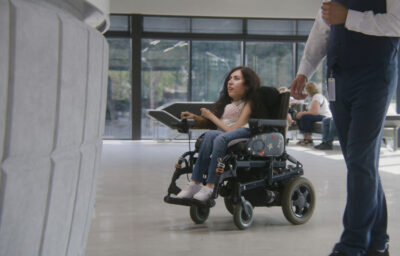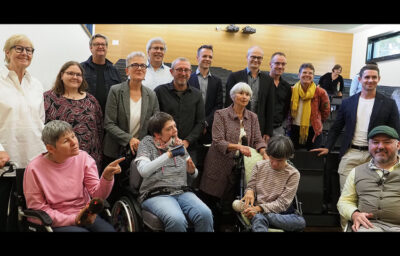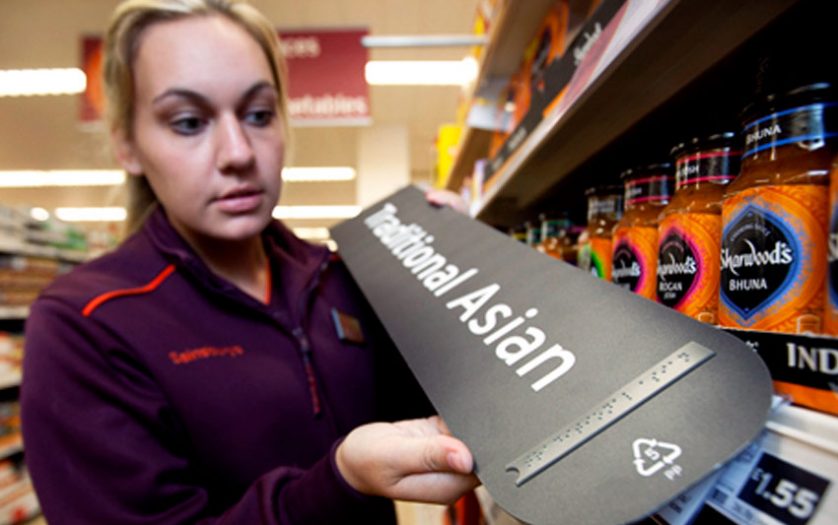
Two of Scotland’s top visual disability groups are calling on the government and retailers to provide more braille labelled retail goods.
The motion, reported TFN, coincides with National Braille Week, which runs from October 11-17, 2021.
Sight Scotland and Disability Equality Scotland are asking the Scottish government to develop new stipulations on retailers to produce braille labelling for a larger range of goods.
At present, braille labelling is only required for medicines.
Responsibility for labelling legislation is moving to the Scottish and UK governments, having previously been a matter for EU laws where the requirement for braille labelling was introduced.
Sight Scotland, the largest visual disability group in Scotland, organises National Braille Week in the second week of October every year. The Scottish Braille Press is run by Sight Scotland as part of its services supporting people with visual disabilities, and the mission of National Braille Week is to highlight the importance of providing publications and information in braille.
Disability Equality Scotland runs the Inclusive Communications Hub website which is funded by the Scottish government to provide information on accessible communication.
Marie Harrower, member of Oban Access Panel and a braille reader, has been an vigorous defender for greater availability of braille labelling.
Discussing of the necessity for new legislation, Marie said, “I feel passionate that blind and partially sighted people should be able to identify products, especially food products, in order to store away shopping, and retrieve products quickly, easily and with the minimum of effort. I wonder what people with sight would think if labels were removed and they had to seek assistance or do some guessing.”
Davina Shiell, director of communications for Sight Scotland said, “Ensuring information is available in braille is vital for the inclusion of visually impaired people in our society. We know that some businesses and retailers are taking action to produce more information in braille, but still the vast majority of products do not have labelling in braille.
“As we emerge from the pandemic, when it was made harder than ever for blind and partially sighted people to access even basic provisions such as food, we believe this is exactly the right time to ensure retailers extend the provision of braille labelling.”
Morven Brooks, chief executive of Disability Equality Scotland said, “Disability Equality Scotland firmly supports the introduction of braille labelling across a wider variety of goods.
“Statutory requirements for braille labelling are long overdue and until they’re in place visually impaired people will remain at a significant disadvantage in society.”

